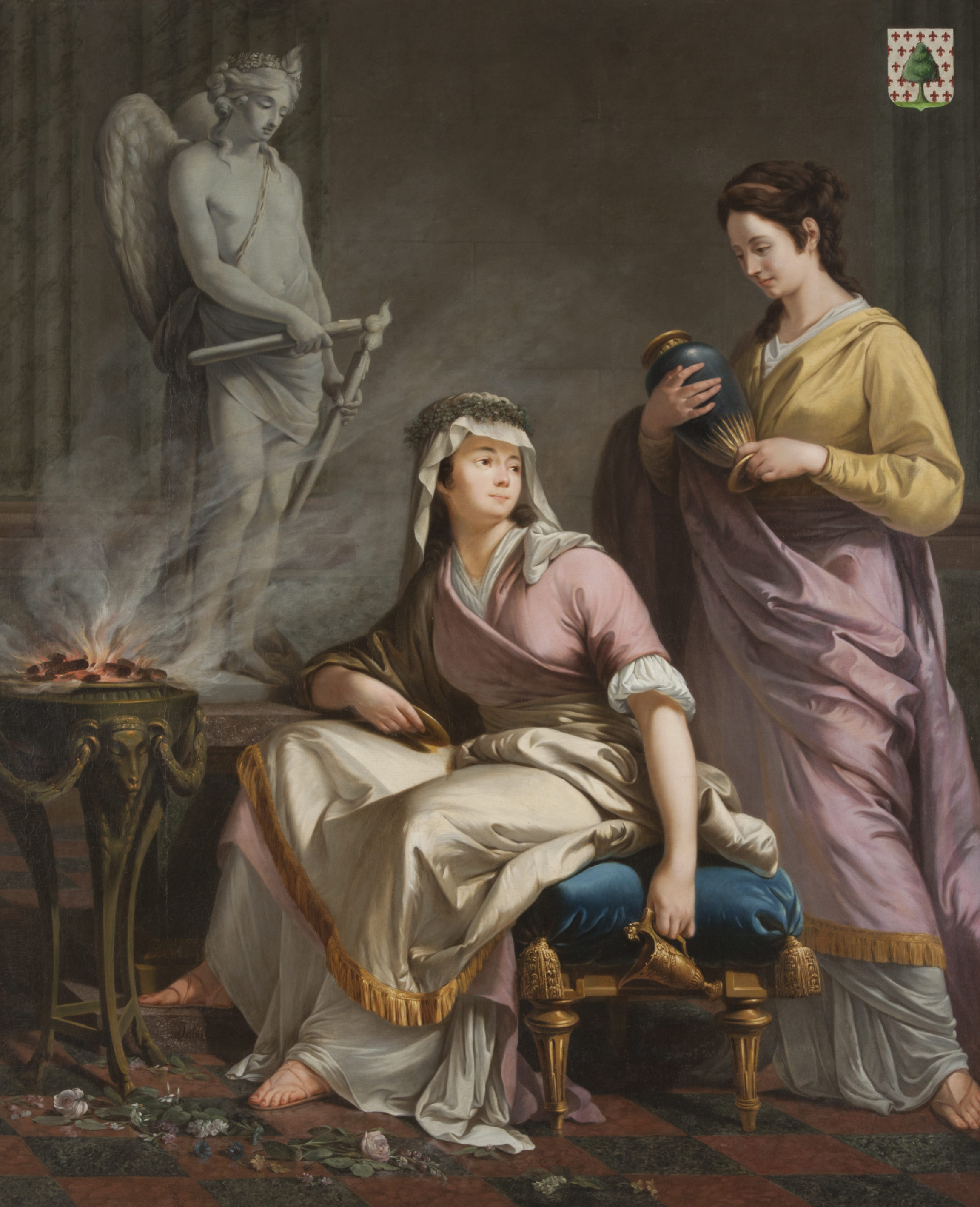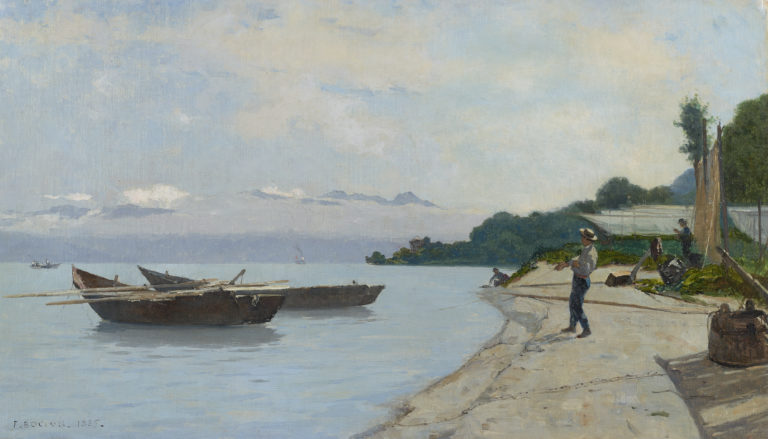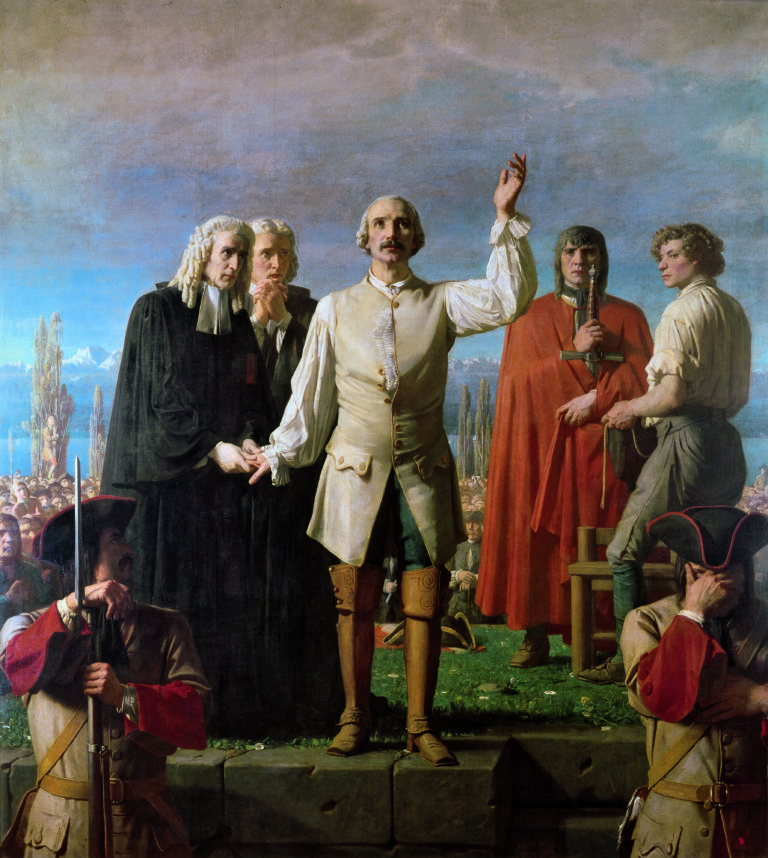Bibliography
Anne van de Sandt, Les frères Jacques et François Sablet. Collections du Musée des Beaux-Arts de Lausanne, Les Cahiers du Musée des Beaux-Arts de Lausanne n. 19, 2015: 82-87, n. 16.
Anne van de Sandt et alii, Les frères Sablet (1775-1815). Peintures, dessins, gravures, exh. cat. Nantes, Musées départementaux de Loire-Atlantique, Lausanne, Musée cantonal des Beaux-Arts, Rome, Palazzo Braschi, Rome, Carte Segrete, 1985



![Pierre Soulages, Peinture 324 x 362 cm (Polyptyque J)<br>(Painting 324 x 362 cm [Polyptych J]), 1987](https://www.mcba.ch/wp-content/uploads/2019/01/1999-063_SOULAGES_num4000_nr-768x691.jpg)
François Sablet, older brother of the better-known Jacques, travelled to Paris in 1768 to complete his studies in the studio of Joseph-Marie Vien. He built a financially successful career in the circle round the artist Jean-Baptiste Pierre Lebrun, now best remembered as the husband of Élisabeth Vigée Le Brun. In 1789, Sablet left Paris for Rome. This painting, rare evidence of his pre-Rome career, sheds light on a little known aspect of his output: he was previously thought to have worked solely on portraits and landscapes.
The existence of a second Sablet canvas depicting a Vestal Virgin pouring incense, the same size and bearing the same coat of arms, is proof that this painting was in fact part of a series of at least two works, probably commissioned by French aristocrats. They can be usefully compared to works painted by Vien for Madame Geoffrin’s salon in 1762-1763, on the theme of the four seasons. This Offering to Hymen was influenced by Vien’s Winter, which similarly depicted a priestess burning incense on a tripod; the athénienne, or Athens-style washstand, and roses strewn across the floor are likewise borrowed from Vien. Sablet’s Hymen draws on Antique statuary, particularly the Eros of Centocelle.
The theme in praise of marriage, the soft expression of the two women, and the broad swathes of glazed pastel hues are typical of the period immediately preceding the neo-Classicism of 1785. In deciding to make his offering to Hymen, the god of marriage, rather than to Venus or Eros, Sablet was joining the contemporary trend towards moralising themes from Antiquity, initiated by Rococo artists such as Vien and Jean-Baptiste Greuze.